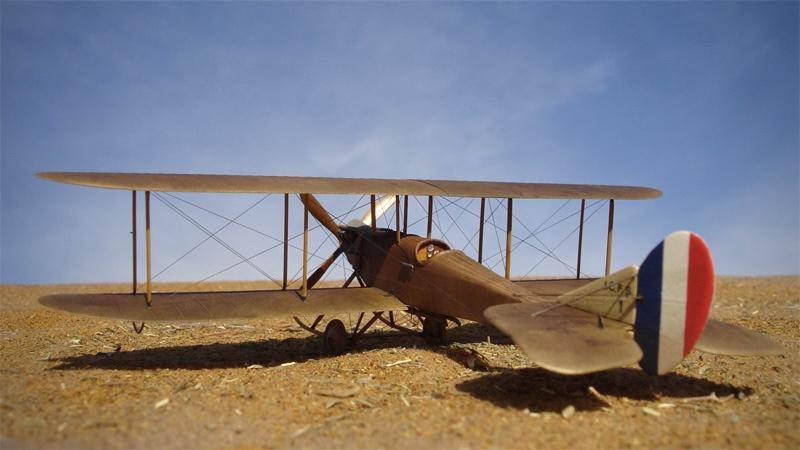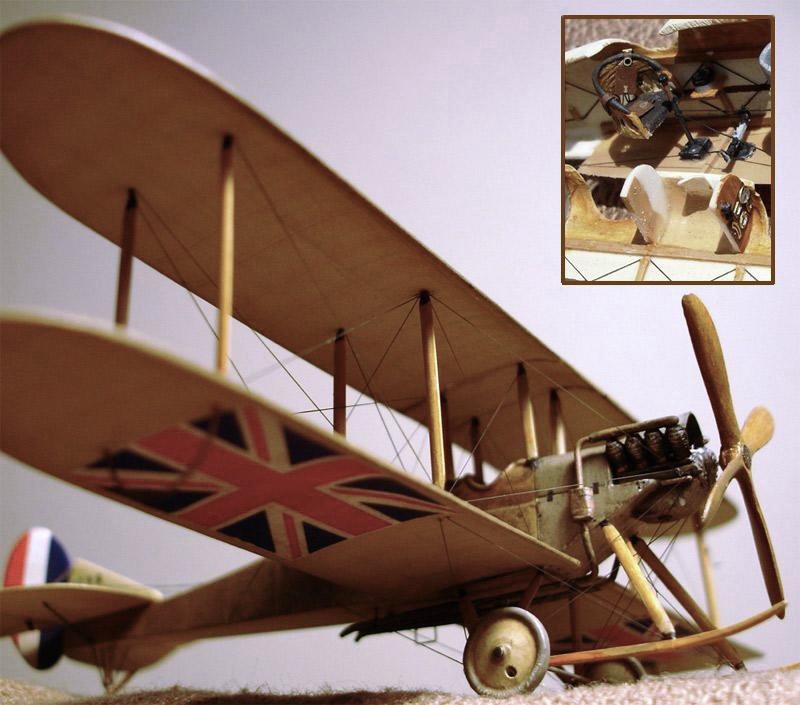"Old But in Flying Condition"...anyone else ever feel that way? One trend I've noticed while posting these old articles is that aircraft stationed in remote areas during the Great War often had remarkably long lifespans and interesting journeys compared to those near the center of conflict. Such is the case with a handful of aircraft originally dispatched to the Indian Central Flying School in Sitapur. Captain Seaton Dunham Massy of the 29th Punjab Regiment was commander of the school, from its formation in 1912. Undoubtedly it is Massy who took the nearly sixty-year-old General Sir Beauchamp Duff up for the 'blip' in a 1913-edition Farman pusher reported in today's news.
"
Sitapur is a town around 80 km from Lucknow in United Provinces, now Uttar Pradesh. This little-known town had a military establishment and cantonment during the colonial era. The flying instructors of the school were officers from the Army Flying Corps who were trained in England. The intention was to train selected officers who were inclined towards flying. The purpose was to set up an Indian Flying Corps, similar to the line of Royal Flying Corps of England. However, before this could materialize concretely, WWI broke out. The officers and the aircraft were moved to Egypt to supplement the shortage of the European aviation division there. Consequently, the Indian Central Flying School had to close down in 1914. Thus leaving India without an airplane in World War I." (via past-india.com)
"
Air reconnaissances of the Turkish bases and lines of communication to give warning of the enemy intentions would, it was recognized, be essential and, on the 4th of November 1914, the day before war was formally declared on Turkey, a Flight of aeroplanes had been dispatched from England. This Flight, under Captain S. D. Massy, who had from the end of 1913 been in command of the Indian Flying School at Sitapur, arrived at Alexandria on the 17th of November with three Maurice Farman pusher aeroplanes. Two Henri Farmans, old but in flying condition, were also acquired from an Italian firm in Cairo. A site for an aerodrome was chosen at Ismailia, centrally situated for flying over the whole canal zone, and Cairo contractors were given orders to erect sheds to house the aeroplanes". ('War in the Air', vol 5, p160) refers to him being posted to Egypt to defend the Suez canal
"
On November 1914, an RFC detachment equipped with three Maurice Farman aircraft (two 1913 type Longhorns and one 1914 type Shorthorn), 2 Crossley light tenders, one Leyland repair lorry, two spare 70 H.P. Renault engines, 2 tent hangars and six months supply of petrol and oil, left Farnborough for Egypt. By December, they were established at Camp Moascar, Ismailia. During the coming months, they flew reconnaissance against the Turkish army who were attempting to cross the Suez Canal. In March 1915, the detachment became a flight of 30 Squadron RFC. This was the RFC?s first overseas detachment outside of Western Europe" (via greatwarforum.org)
(from the Cambria Daily Leader, 30 March 1914):
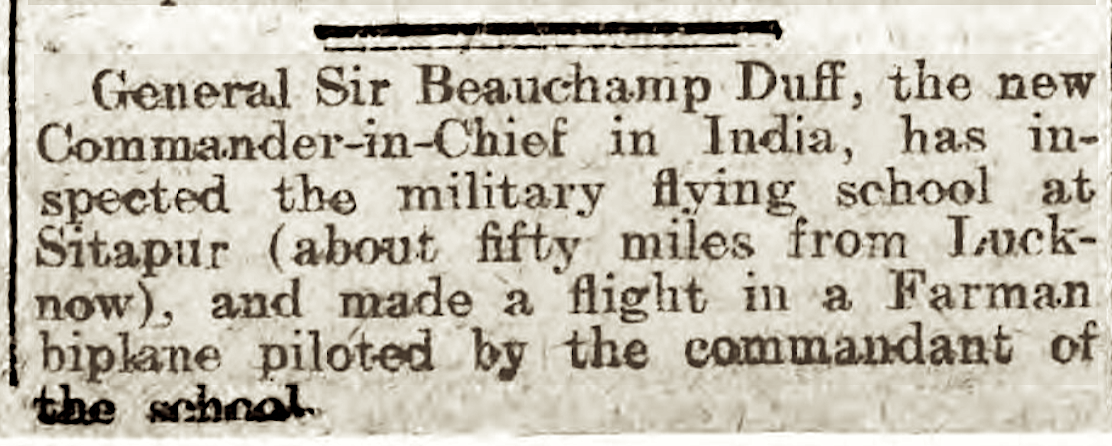
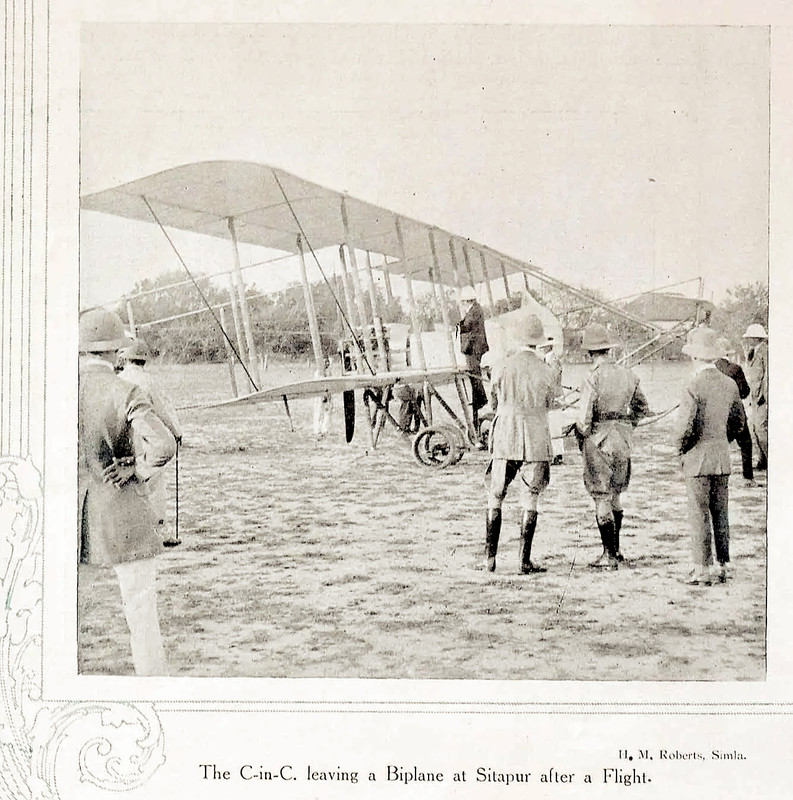
(image via past-india.com)
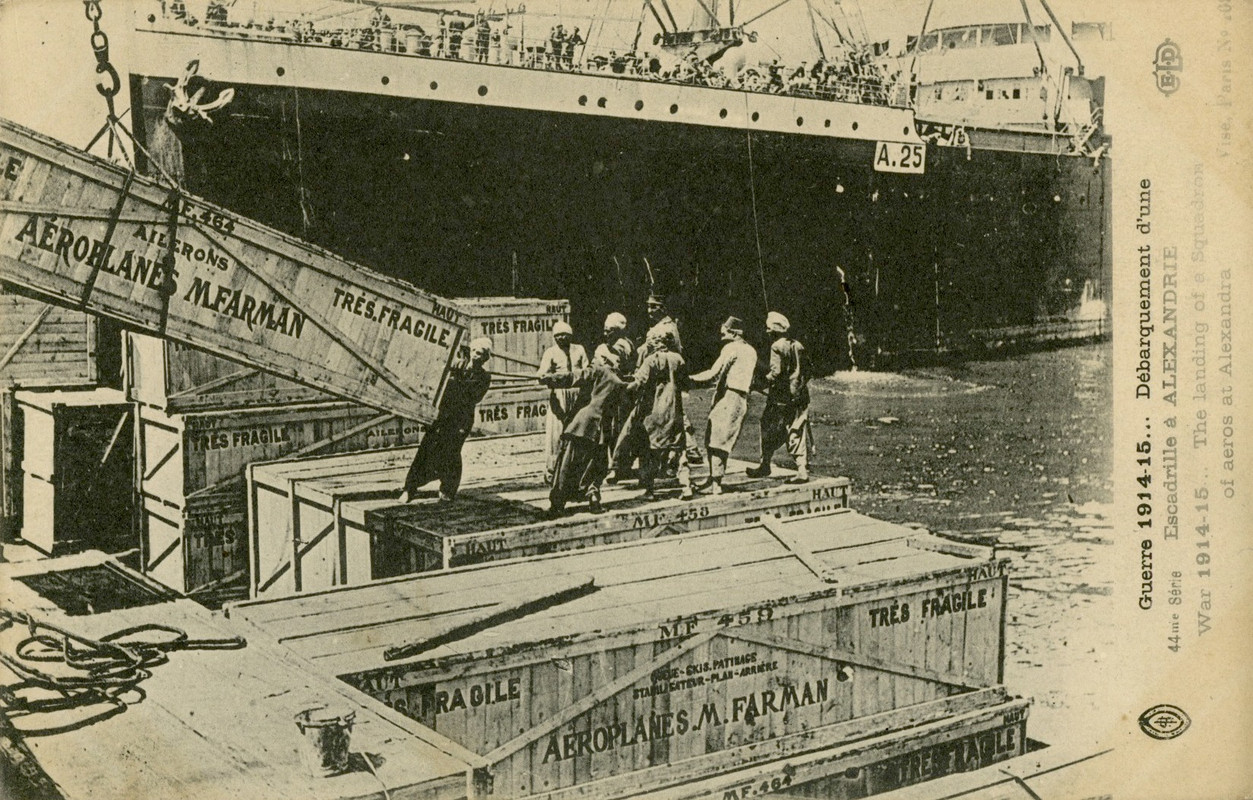
(image via keymilitary.com)
Joining this group on the journey from India to Egypt was another unusual bird from ICFS Sitapur - a Royal Aircraft Factory B.E.2b.
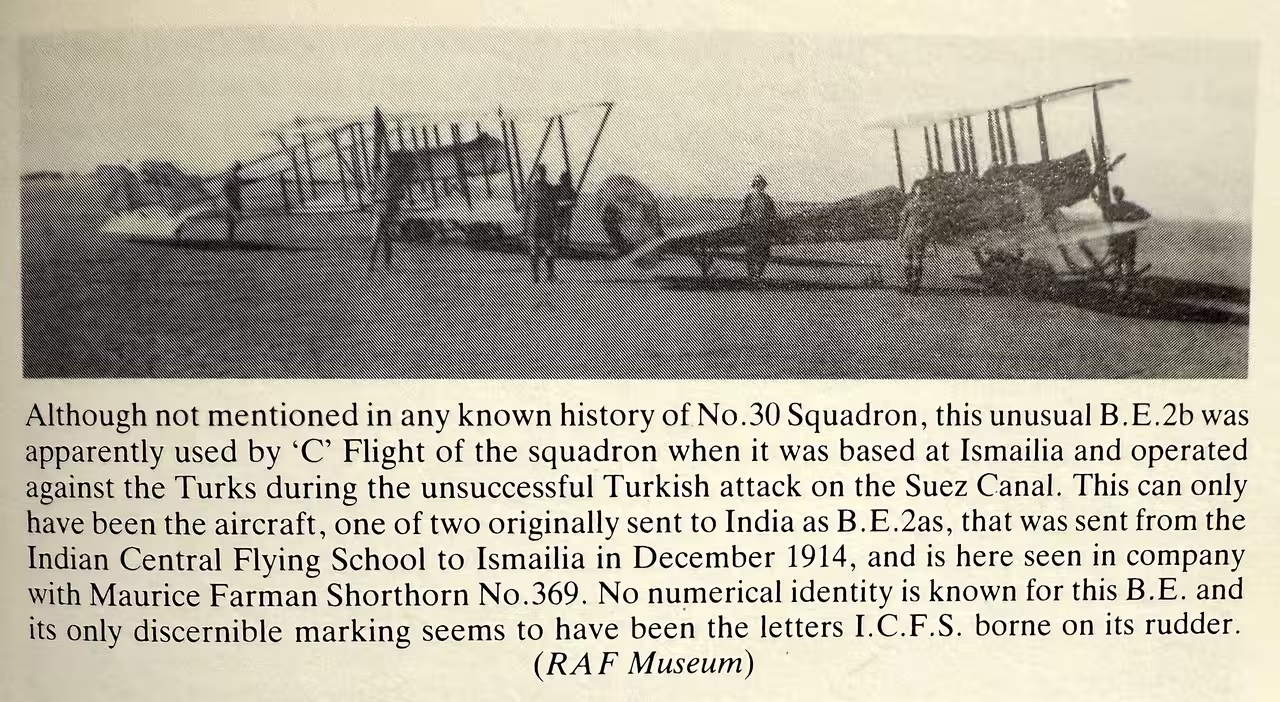
(J.M. Bruce, 'The Aircraft of the Royal Flying Corps (Military Wing), Putnam, London, 1982)
Here's a 1/72 scale model of that plane I built twenty years ago (make me feel old... but I'm still in flying condition!):
